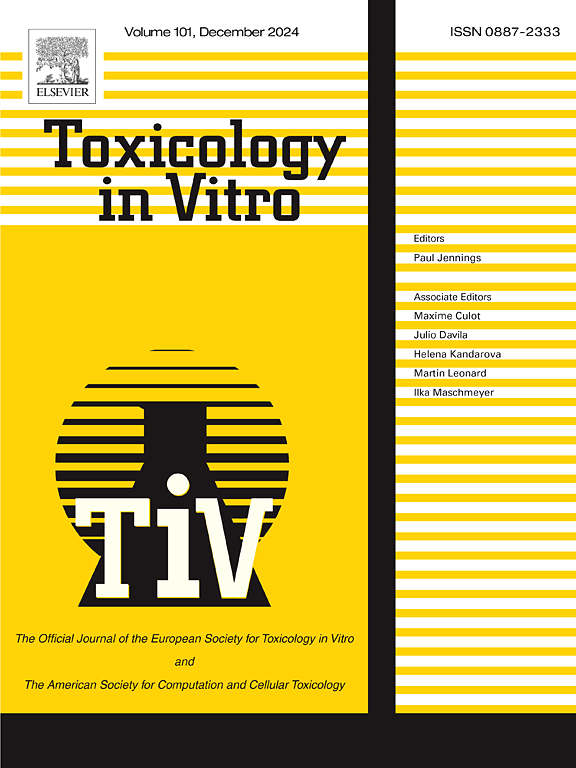探索重建人体上皮组织模型在口腔内医疗器械安全评估中的潜力。
IF 2.7
3区 医学
Q3 TOXICOLOGY
引用次数: 0
摘要
医疗器械是各种医疗干预措施不可或缺的一部分,在临床和家庭环境中的应用越来越广泛。在口腔内,口腔内医疗器械被用于各种应用,以提高生活质量,保持口腔健康和卫生。然而,口腔环境动态而复杂,受到唾液成分、pH 值波动和微生物菌群等因素的影响,这对确保最终用户的安全提出了挑战。在本文中,我们研究了利用三维重建人体组织模型评估口腔内医疗设备生物相容性的可行性。根据 ISO 10993-23 的开发和验证经验以及眼刺激和光刺激协议的开发经验,我们提出了一种新的颊粘膜刺激测试协议。该方法基于对细胞因子释放到介质中的活力评估和分析。通过解决口内医疗器械生物相容性测试问题,我们希望为生物相容性评估方法的进步做出贡献,并提高 ISO 10993-23 的适用性。本文章由计算机程序翻译,如有差异,请以英文原文为准。
Exploring the potential of reconstructed human epithelial tissue models for safety assessment of intraoral medical devices
Medical devices are integral to a wide array of medical interventions and are increasingly utilized in both clinical and home settings. Within the oral cavity, intraoral medical devices are employed for various applications, to improve quality of life and maintain oral health and hygiene. However, the dynamic and complex environment of the oral cavity, characterized by the influence of factors, such as saliva composition, fluctuating pH, and microbial flora presents a challenge to ensure the safety of end-users.
In this paper, we investigate the feasibility of utilization of 3D reconstructed human tissue models for the assessment of biocompatibility of intraoral medical devices. Building upon experiences drawn from the development and validation of ISO 10993-23 and from the development of a protocol for ocular irritation and photo-irritation, we suggest a new protocol for buccal mucosa irritation testing. The methodology is based on the viability assessment and analysis of cytokine release into media. By addressing intraoral medical devices biocompatibility testing, we aim to contribute to the advancement of biocompatibility assessment methodologies and increase the applicability of ISO 10993-23.
求助全文
通过发布文献求助,成功后即可免费获取论文全文。
去求助
来源期刊

Toxicology in Vitro
医学-毒理学
CiteScore
6.50
自引率
3.10%
发文量
181
审稿时长
65 days
期刊介绍:
Toxicology in Vitro publishes original research papers and reviews on the application and use of in vitro systems for assessing or predicting the toxic effects of chemicals and elucidating their mechanisms of action. These in vitro techniques include utilizing cell or tissue cultures, isolated cells, tissue slices, subcellular fractions, transgenic cell cultures, and cells from transgenic organisms, as well as in silico modelling. The Journal will focus on investigations that involve the development and validation of new in vitro methods, e.g. for prediction of toxic effects based on traditional and in silico modelling; on the use of methods in high-throughput toxicology and pharmacology; elucidation of mechanisms of toxic action; the application of genomics, transcriptomics and proteomics in toxicology, as well as on comparative studies that characterise the relationship between in vitro and in vivo findings. The Journal strongly encourages the submission of manuscripts that focus on the development of in vitro methods, their practical applications and regulatory use (e.g. in the areas of food components cosmetics, pharmaceuticals, pesticides, and industrial chemicals). Toxicology in Vitro discourages papers that record reporting on toxicological effects from materials, such as plant extracts or herbal medicines, that have not been chemically characterized.
 求助内容:
求助内容: 应助结果提醒方式:
应助结果提醒方式:


